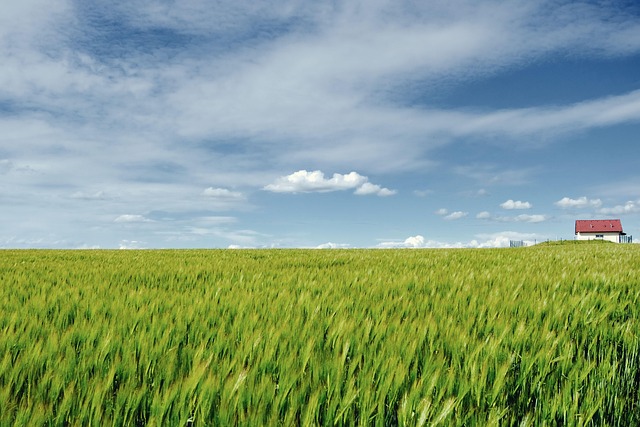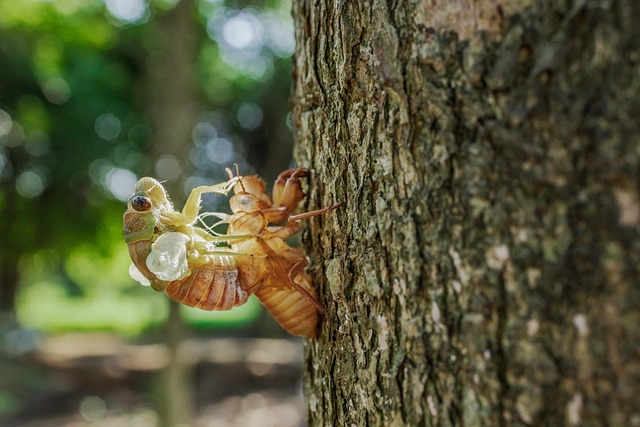Diving into the World of Contrast: Exploring the Art of Coloring in Photography
Photography, at its essence, is all about capturing light and color. However, one element that stands out and can make or break an image is contrast. This powerful tool not only enhances the vibrancy of colors but also influences the emotional impact of a photograph. Understanding how to play with contrast can elevate your photography from ordinary to extraordinary.
When we speak of contrast, we refer to the difference in luminance or color that makes an object distinguishable. In the realm of photography, this can mean anything from juxtaposing dark silhouettes against bright backgrounds to adding depth to colors by balancing light and shadow. A well-executed contrast can draw the viewer’s eye, guiding them to the focal point of the image and eliciting a response.
The Dance of Colors
Imagine standing before a breathtaking sunset. The sky is ablaze with hues of orange and pink, gradually deepening into purple and blue as night approaches. In that moment, the contrast between the warm colors of the sunset and the cool tones of the twilight sky creates a mesmerizing visual experience. Photographers can capture this beauty by adjusting their camera settings and utilizing optics to enhance the color contrasts present in the scene.
Many aspiring photographers may overlook the significance of contrast in their photography. Instead, they might focus on saturating their images with colors, assuming this will create a striking effect. However, without contrast, the colors may blend together, losing their individual significance. The interplay between light and shadow is what breathes life into the image.
Finding Your Contrast
Experimentation is key when it comes to mastering contrast in photography. Start by observing the world around you through your camera lens. Look for scenes where different colors coexist. Utilize the capabilities of your camera to play with exposure settings, aperture, and ISO levels to see how they impact the contrast and overall coloration of your images.
Optics also play a crucial role in this artistic endeavor. Different lenses can produce various effects on color and tone. For instance, wide-angle lenses can exaggerate the distance between colors, creating more pronounced contrasts, while telephoto lenses might compress elements together, altering the perception of contrast within a scene. Understanding how to manipulate your equipment will empower you to harness the true potential of contrast in your work.
The Emotional Impact of Contrast
Colors carry emotional weight, and when you manipulate contrast, you are essentially guiding the viewer’s feelings. High contrast can evoke drama and intensity, while low contrast can generate a sense of calm or nostalgia. A photograph that captures this emotional spectrum can resonate with its audience on a deeper level, making advanced understanding of color theory and optics imperative for any serious photographer.
Whether you are capturing urban landscapes, vibrant nature scenes, or intimate portraits, the art of coloring through contrast is a skill worth mastering. The next time you pick up your camera, remember to look for those contrasting elements that can elevate your images and communicate a richer story. Embrace the world of contrast, and let it ignite your creative journey in photography.


